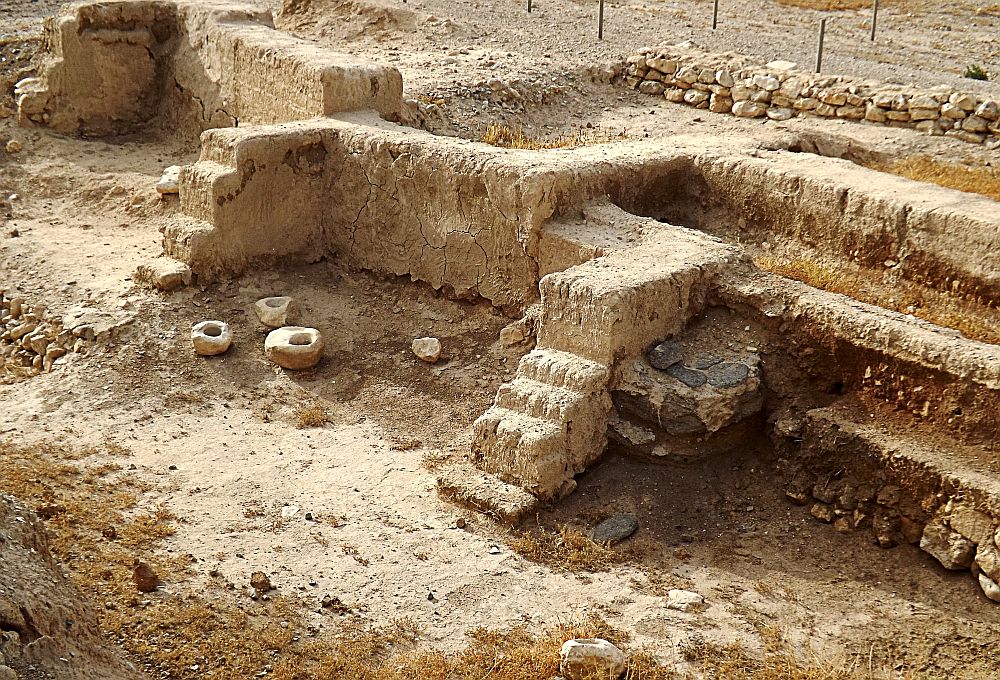Although it seems that the decision actually was made several weeks ago, news is just now starting to bubble up about how officials managing the development and construction of the new 1 World Trade Center building in New York City have axed plans to sheath the first section of the new structure in large and special prismatic glass panels.
This part of the construction project had been in the works for many months, and a story in the the New York Times reports that production was underway and that $10 million had already been spent on the panels before the plug was pulled.
The NYT story provides many of the details, but allow me to summarize: The 13’4″ x 4″ (I haven’t been able to determine the thickness) panels were designed by the architects and engineers to be made of ultraclear (low-iron) tempered glass that, once formed, would have unique wedges cut into them to provide prism-like optical effects. After heat strengthening, several panels would be laminated together and, according to the architect’s (SOM) website, attached to an aluminum screen framework. Two thousand of the resultant five-foot thick units would have been required.
The region of the building where the panels were to be attached has been plagued with problems. The panels were an aesthetic afterthought added when critics complained that the architectural concept for the base appeared to be a large, concrete or stone bunker. The glass panels were meant to provide a colorful and more inviting entry level. But, a furor ensued when planners announce that the panels and structural assemblies would be made in China. Eventually, WTC officials backtracked (the NYT reports the decision was based on production inabilities, not politics) and gave PPG a contract to make the glass using its Starphire composition (with Chinese companies and others doing the post-glassmaking work).
As far as I know, Glass Magazine, on May 4, was the first media outlet to catch wind of the problems with making the panels.
It appears that the problem with the panels is linked to glass-strenthening issues, a topic covered by many speakers at the Glass & Optical Materials Division meeting that just finished in Savannah, Ga. Several of those in attendance at the GOMD event also turned out to be aware of the 1 WTC project, but not surprised by reports that “the glass panels tended to bow after they were cut and tempered, which interfered with the lamination process. The ridges cut into the glass also proved to be too brittle and broke into large pieces, rather than tiny pellets.”
The experts I spoke with said that it makes sense that that tempering proved to be problematic. Quality tempering on even small pieces can be difficult, and tempering large structural glass pieces requires rare skills. These experts said that when the cutting to create the prism wedges is added as a prior step, consistent tempering would be even more difficult and fraught with quality control problems.
From a technical viewpoint, the tempering difficulties arise because the wedges create distinct differences in panel thickness. When heated to begin tempering, it would be difficult to maintain consistent temperature depth profiles on all of the surfaces. Then, when the quenching temperature is reached and sudden cooling is required — an extremely critical step to attain the strength-adding surface compressive stress — the same temperature management problems are going to be present.
So, at this point, it appears that at least one Chinese manufacturer and PPG failed to figure out a cost-effective way to make the panels without excessive production failures.
Nevertheless, SOM says on its website, “The prismatic glass was developed over the course of four years in conjunction with some of the world’s top glass manufacturers, who worked with the architects to achieve the desired visual qualities and to produce the innovative prismatic glass.” Neither PPG nor SOM, to my knowledge, have issued a response to the latest developments.
Tempering isn’t the only way to strengthen glass. Ion exchange (chemical treatment) would have been another option and it is impossible to imagine that planners didn’t considered it at some point. But ion-exchange techniques tend to have higher costs associated with them, and there aren’t a lot of experts or facilities to treat 13-foot panels. Thus, my guess is that several overly optimistic participants thought they were making the correct business decision to take the tempering route and not the ion-exchange path.
After burning through $10 million and incurring another PR black eye, I am sure that’s a decision they now regret. Pennywise-and-pound-foolish, and all that …
CTT Categories
- Basic Science
- Construction
- Glass
Related Posts
The urban fabric of brick—Part 2: Ancient brick history
October 28, 2025


